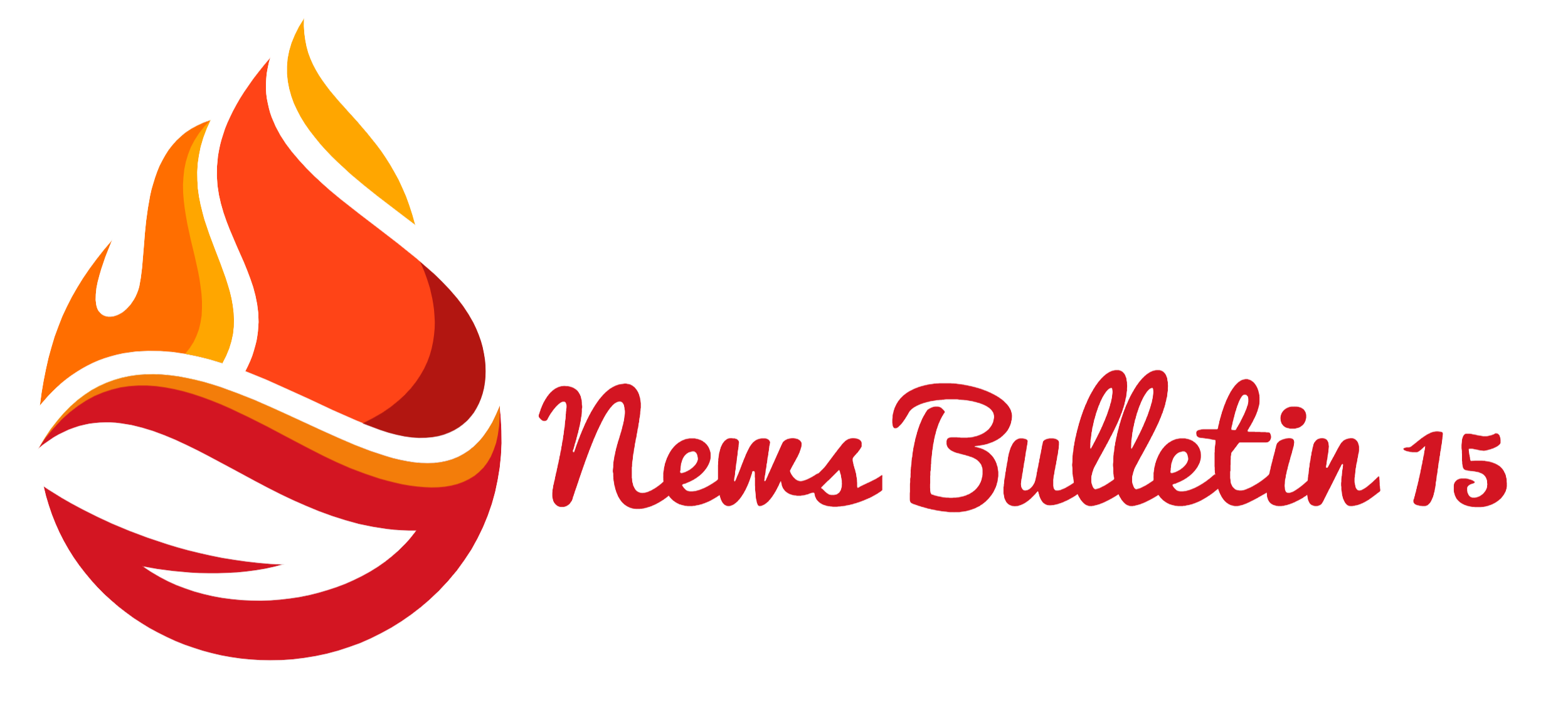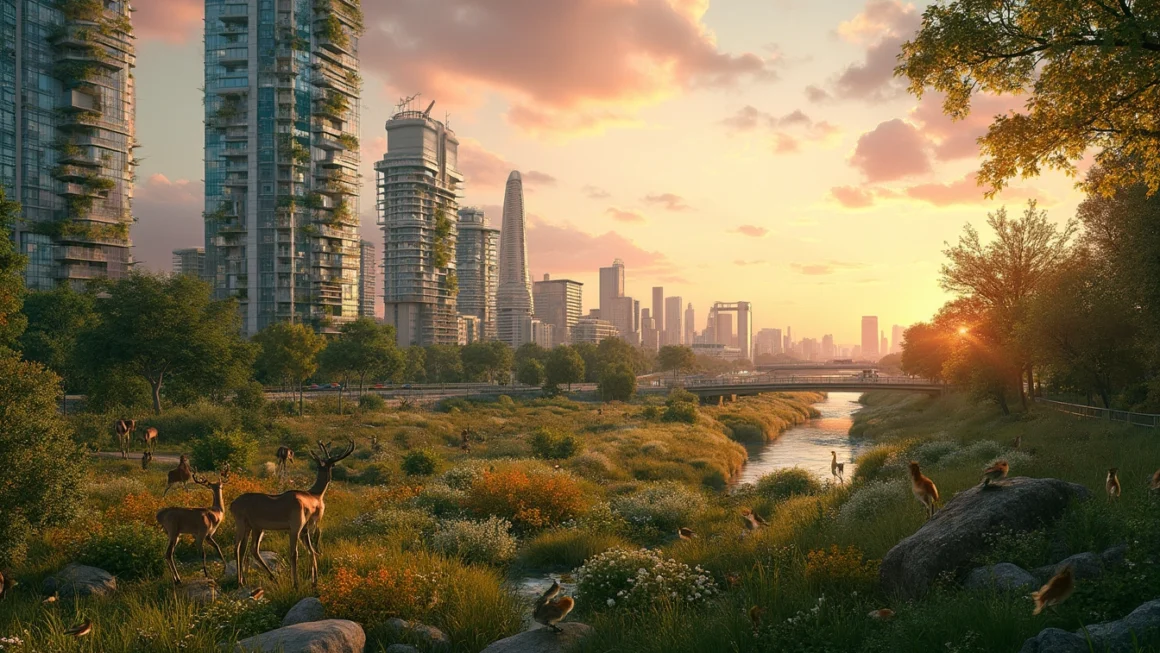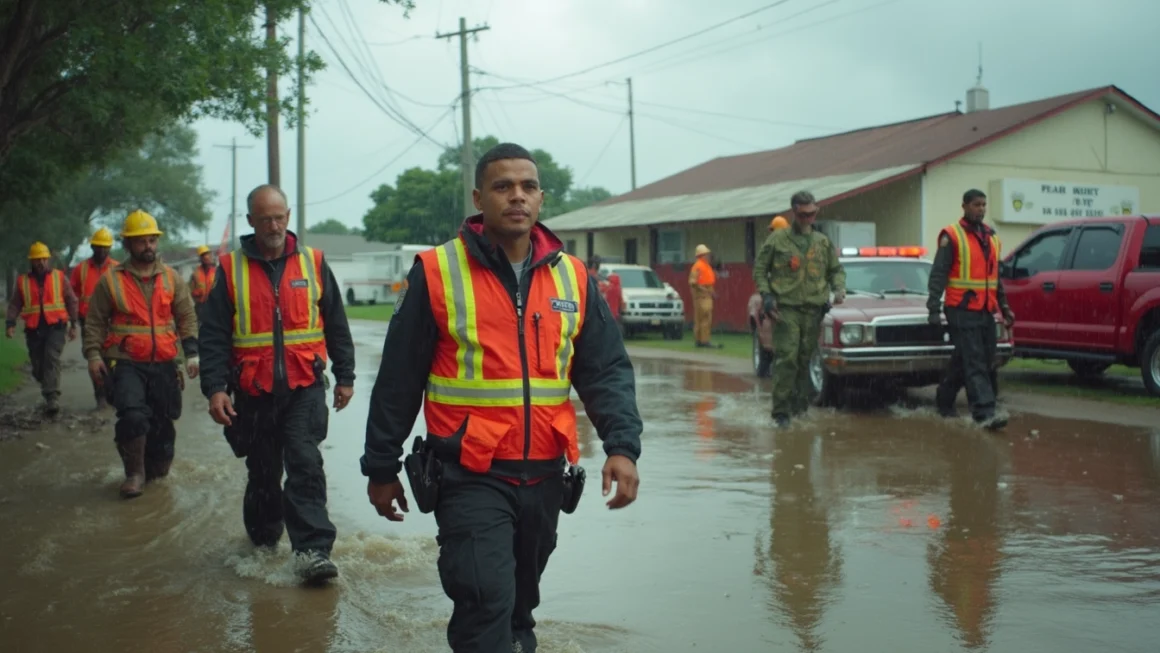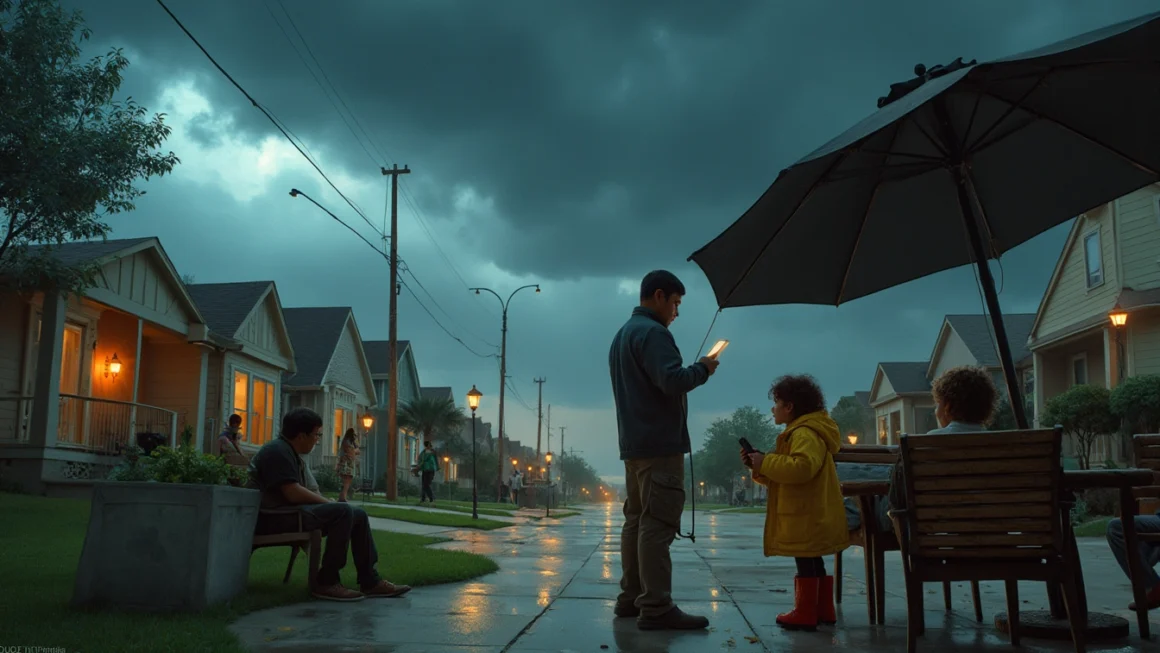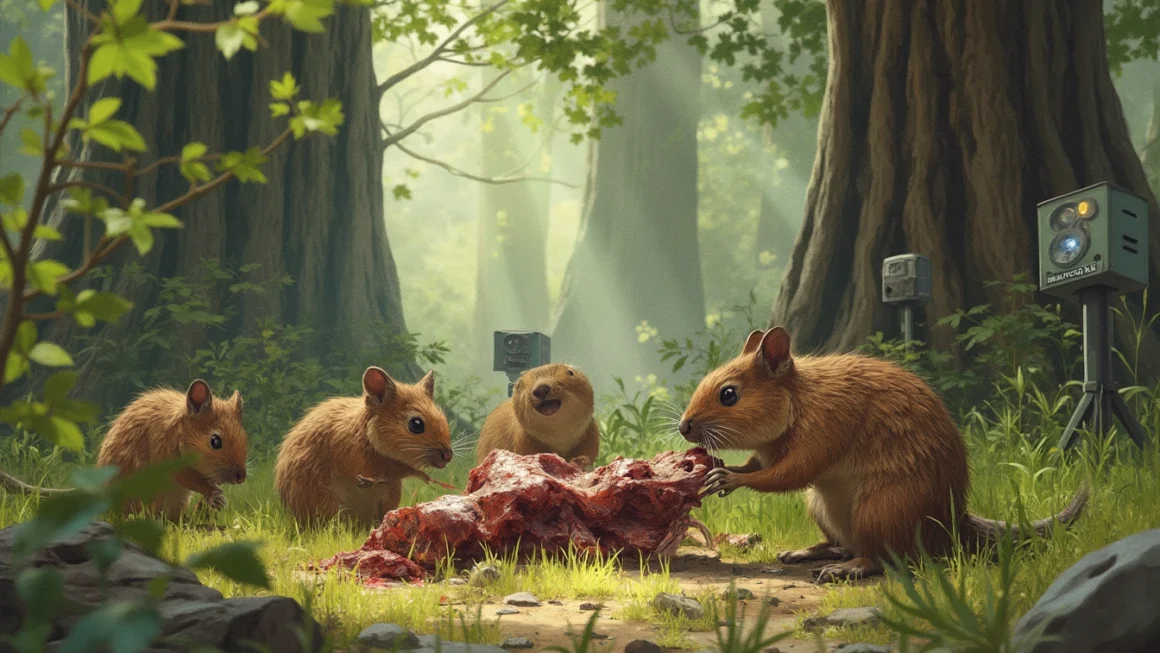The Wildlife Impact of Modern Urbanization: Challenges and Solutions
Table of Contents
Amid increasingly expanding urban landscapes, the natural world faces unprecedented challenges. As cities grow and evolve, they’re often built at the expense of the environment, squeezing out habitats vital for the survival of various species. This article delves into the critical issues surrounding wildlife conservation in urban settings and explores potential strategies for ensuring a sustainable coexistence.
The Strain of Urban Expansion on Wildlife
The relentless spread of urban environments has had a profound impact on natural habitats. Forests are cleared, wetlands drained, and open spaces consumed, leaving animals struggling to find food and shelter. Urban sprawls not only fragment ecosystems but also lead to increased human-wildlife conflicts, which often end in tragic consequences for the animals involved.
Urban areas inherently bring more pollution and noise, further diminishing the quality of habitats. Many species find it challenging to adapt quickly enough to these rapidly changing environments, threatening their survival.
Consequences for Biodiversity
The loss of biodiversity is a pressing concern tied to urbanization. As animal populations are forced into smaller areas, genetic diversity suffers, making species more susceptible to diseases and climate change. This exacerbates extinction rates, leading to a domino effect where the loss of one species disrupts entire ecosystems.
Innovative Strategies for Urban Wildlife Conservation
Addressing these challenges is no simple task, but innovative approaches can make a significant difference. Urban planners and conservationists are increasingly collaborating to design spaces that accommodate both human needs and wildlife.
Creating Green Corridors
Green corridors are essential in linking fragmented habitats, allowing animals to roam safely between isolated areas. These corridors can take the form of green roofs, urban parks, or even wildlife bridges over highways. Such initiatives not only support the movement of wildlife but also enhance urban biodiversity and provide residents with green spaces that improve quality of life.
Community Engagement and Awareness
Raising awareness among city dwellers about the importance of coexisting with wildlife is crucial. Community-led conservation programs can empower residents to contribute actively to wildlife preservation efforts. For instance, educating people on minimizing waste and pesticides can reduce hazards for local wildlife.
An example of successful urban wildlife management can be found in some cities implementing citizen science projects, where residents help monitor local species, providing valuable data to conservationists.
Policy and Planning for a Harmonious Future
Government policies play a pivotal role in shaping how urban areas develop. By integrating wildlife conservation into city planning and development, policymakers can help safeguard ecosystems. Strategies might include mandating green space in new developments or incentivizing the creation of wildlife-friendly infrastructure.
Additionally, implementing stricter regulations on pollution and habitat destruction can mitigate the adverse impacts of urbanization on wildlife. These measures must be coupled with robust monitoring systems to ensure compliance and effectiveness.
The Importance of Technological Solutions
Technology offers promising solutions for urban wildlife conservation. From tracking animal movements using GPS collars to utilizing drones for monitoring changes in land use, technological advancements are helping conservationists gather data and implement effective strategies more efficiently.
For software development insights that could aid in these technological efforts, one might visit my professional portfolio to explore potential contributions in this domain.
Conclusion
Ensuring wildlife thrives within and beyond city limits is a complex yet achievable goal. By prioritizing sustainable urban development, fostering community engagement, and leveraging technology, we can create urban environments that respect and protect biodiversity. As urbanization progresses, it is imperative that the interconnectedness of all life forms is respected to maintain ecological balance and secure a future where both humans and wildlife flourish.
Engage with this topic further by advocating for local conservation efforts or educating peers on the importance of wildlife protection amid urban growth. Together, we can shape a more harmonious world for generations to come.
